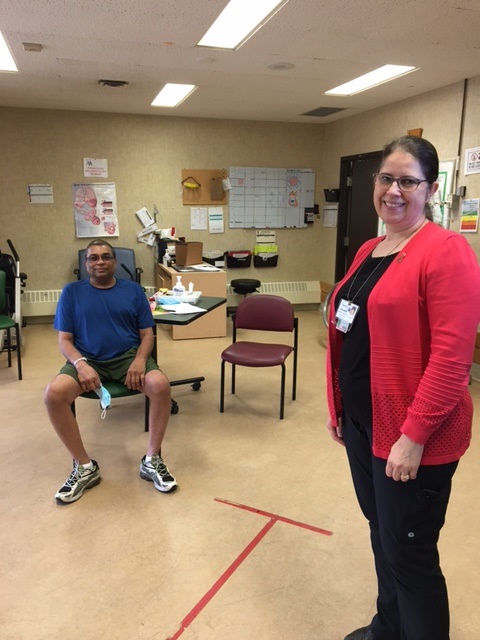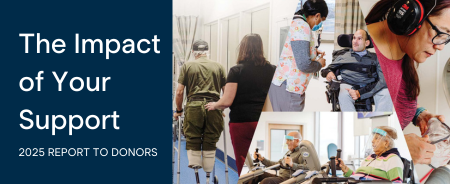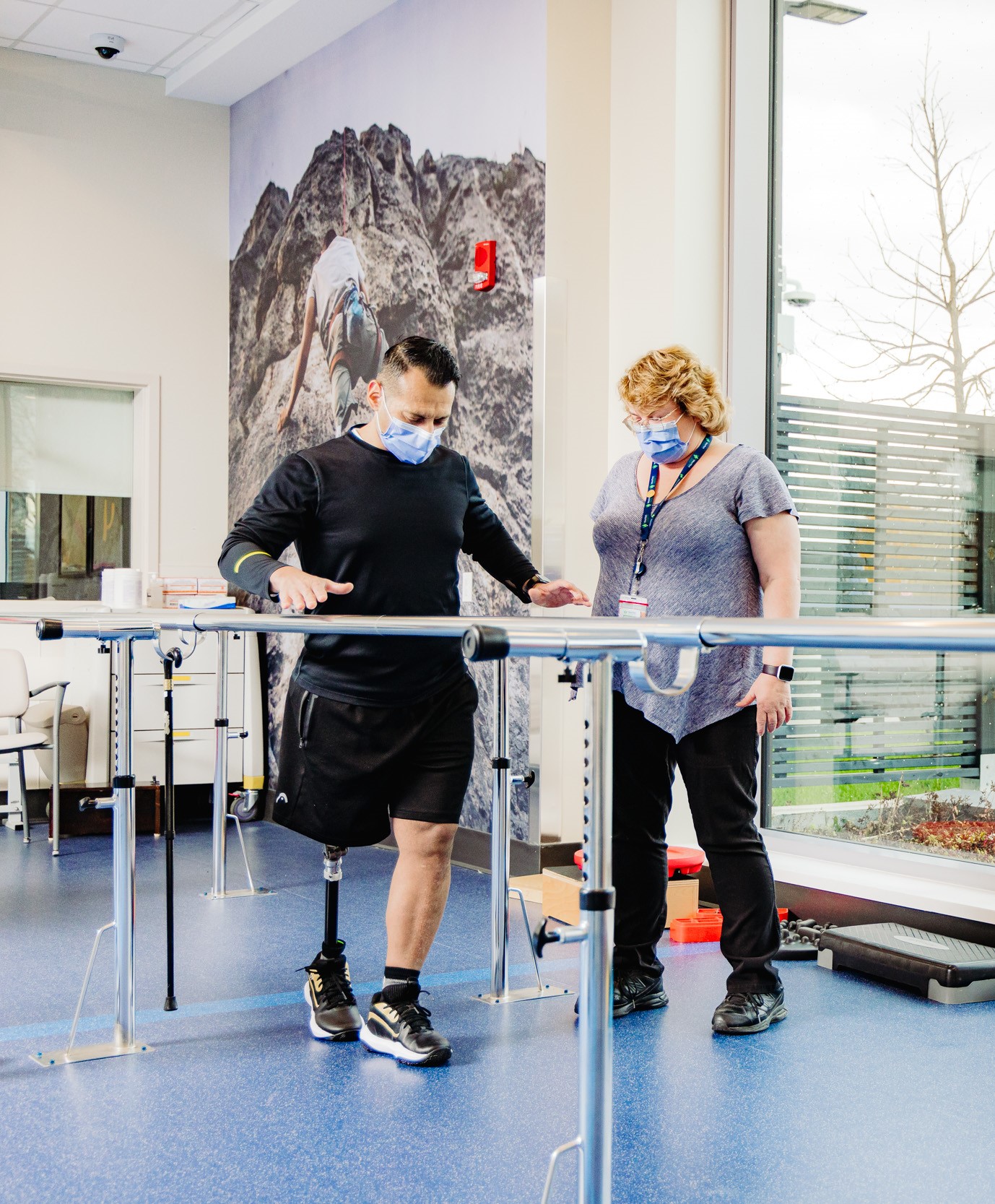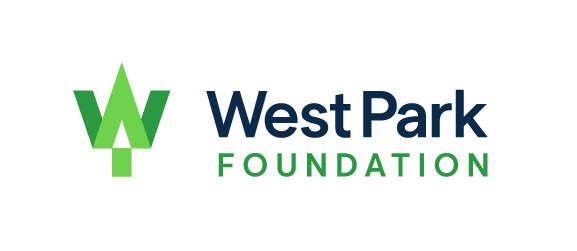
Making a Difference as an Occupational Therapist
October is Occupational Therapy Month
When Elizabeth Gartner started working at West Park, after moving to Toronto from Alberta in 1992, she had only planned on staying for two years. But more than two decades later, Gartner is still enjoying her work as an occupational therapist (OT) in the hospital.
“I enjoy the populations that I work with,” she says. “And I enjoy my coworkers too.”
Gartner has worked in the in-patient respiratory rehabilitation unit for the past 19 years. The education-based program provides patients with coping and energy conservation strategies to help them manage chronic lung-related illnesses.
“We work with patients and their goals, to see what they need to be able to do to live comfortably at home, improve their quality of life, and manage their breathing,” Gartner says. “I often say, occupational therapy is not rocket science, it is common sense. It’s about finding alternative ways to approach daily tasks.”
“We help patients see their value... Part of my role is helping them figure out what they can still do, which builds up their self-esteem."
Every October, healthcare workers celebrate Occupational Therapy Month, which highlights the important role of occupational therapists like Gartner. At West Park, OTs are a part of an interprofessional team that includes physiotherapists, respiratory therapists, nurses and physicians. Together, they help patients regain the skills they need to live independently at home.
Occupational therapists work alongside their patients to help them find solutions to the obstacles that interfere with their ability to perform activities of daily living, such as dressing, bathing, or buying groceries. For Gartner, working in respiratory rehab also means helping patients manage their use of oxygen while moving around in the world, getting in and out of cars, and entering and exiting buildings. 
Gartner has seen a shift in the respiratory rehab patient population over the years. While she still mostly works with people coping with chronic obstructive pulmonary disease (COPD), she is seeing more patients with an array of lung-related diagnoses, including those recovering from COVID-19.
The current pandemic has added challenges to Gartner’s day-to-day work. Physical distancing measures and the use of masks has made it harder to connect with patients on an emotional level, but providing psychosocial support remains an important part of the occupational therapist’s role.
“We help patients see their value. Some of them come in so worried that because they are on oxygen or have lung disease, that this is the end of their life,” Gartner says. “Part of my role is helping them figure out what they can still do, which builds up their self-esteem.
“Occupational therapists are able to make a difference, even if it is a small one,” she adds. “It can mean the difference between someone relying on another person to do a task and becoming independent. We definitely empower patients to get their life back.”
Visit our Get Your Life Back Campaign page to learn how you can support our new hospital, and stay up to date on what’s happening at West Park by visiting our Latest News and Events pages.



